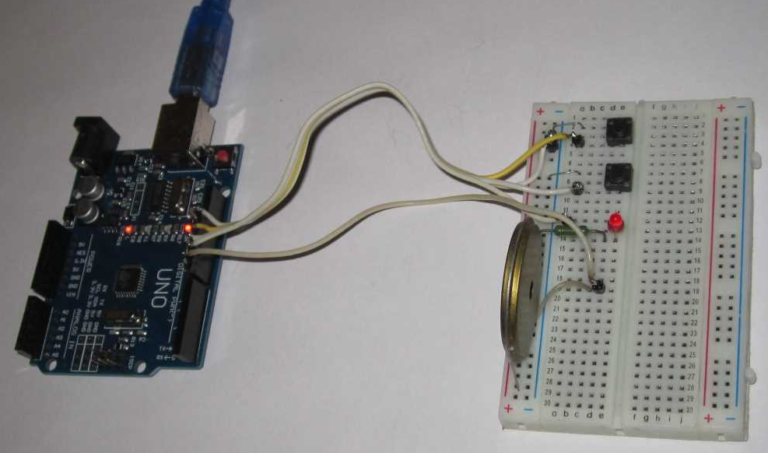

As you can see, according to the lines in the datasheet below, setting the bits 1 and 2, we can enable time compare interrupt on the value defined on registers OCRA and OCRB. To activate the compare match interruption we set the TIMSK register. But we haven’t specified when to make the interruption. Now we have the prescalar and the timer defined so the timer will go from 0 to 65 536 and then back to 0. Part 5 - Setting the Interrupt (Compare Match) For the timers 0 and 2 we have to use the TCCR0B and TCCR2B and bits CS00, CS01, cS02 ands bits CS20, CS21 and CS22. As you can see in the table below, using the CS10 CS11 and CS12 bits, we can disable the prescalar or set it to 1, divided by 8, 64, 256, 1024 or even use an external clock source. Here, all we care are the first 3 bits which are used to define the prescaar value. Now, we need to change the TCCRB register. So, setting all these to 0 will disable the PWM signal on pin 9 and 10. For our interrupt examples we don’t need this register but we do need to set all its bits to 0 since Arduino by default has them set to 1. TCCRA register is for controlling the PWM mode so for timer 1 we can control the OC1A which is related to the PWM signal on pins 9 and 10. So for timer 1 we have TCCR 1A and TCCR 1B. To control the timers we have two main registers, the TCCR A and the TCCR B, each with the number of the timer. You can configure the prescaler for each timer using the related register and we will see examples in a moment.įirst register we need to change is the prescalar. So each 8 pulses from the system clock, our timer will increase by 1. So, the output signal from the prescalar will be 8 time slower so 500ns. That’s 62.5ns for each pulse, right? You feed that to the prescalar which lets say is set to 8. So for now imagine the main system clock is the 16Mhz crystal that will create a 16Mhz square signal.
#Arduino timer interrupt stepper motor how to
This prescalar divides the number of pulses from the system clock by the number you define which could be 8, 64, 256 and so on, and later we will see how to define this prescalar division number. Between our timer counter and the system clock, we have another piece of hardware which is called prescalar.

This timer is fed by the system clock, which for our Arduino UNO could be the 16Mhz crystal clock or depending on the bootloader could also be an 8MHz internal oscillator. Imagine our timer as a counter that counts pulses.


 0 kommentar(er)
0 kommentar(er)
